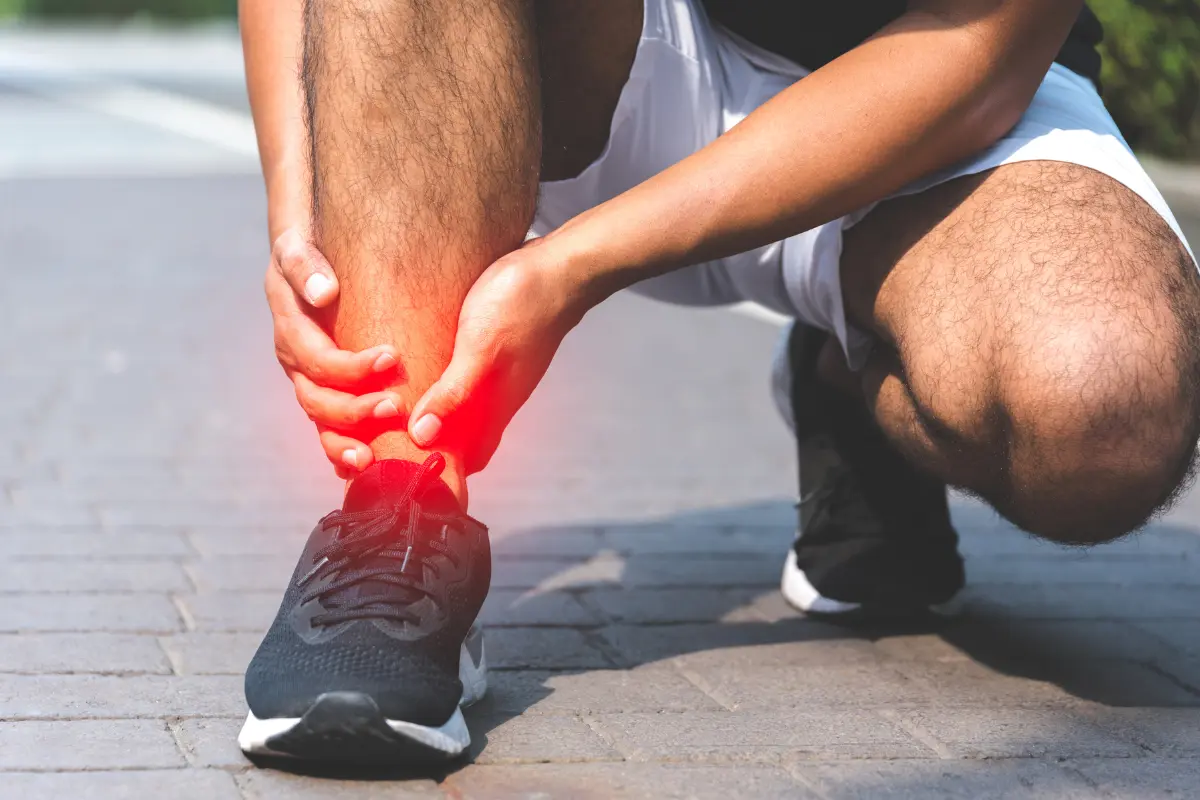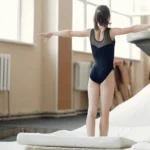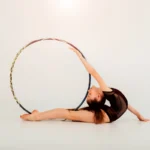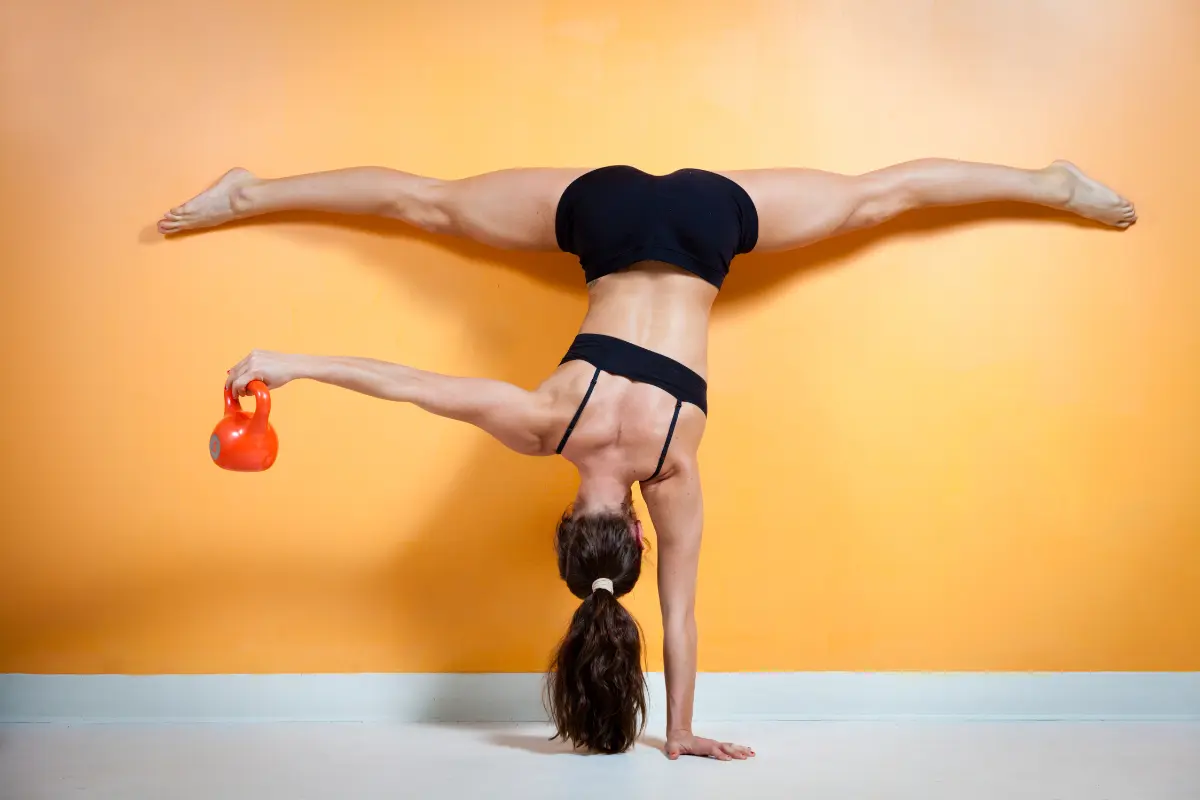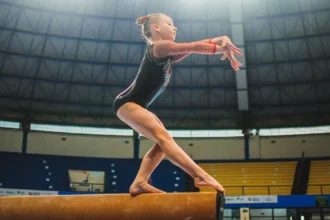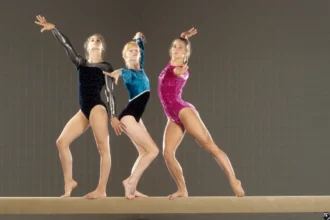Gymnastics is a high-impact sport, and few joints take more abuse than the ankles. Every tumbling pass, vault approach, and stuck landing loads the ankles with tremendous force. Even though soft surfaces like spring floors and mats absorb some impact, gymnasts must rely heavily on ankle stability and strength to stay safe.
With the right exercises, gymnasts can improve ankle mobility, reduce the risk of sprains, and boost overall performance.
Understanding Ankle Anatomy
The human foot is made up of 26 bones, over 100 ligaments, and more than 20 muscles. These structures work together to allow for a wide range of movements, which are essential for athletes, especially gymnasts. The key movements of the foot and ankle include:
- Dorsiflexion (pointing the toes upwards)
- Plantar flexion (pointing the toes downwards)
- Inversion (turning the sole of the foot inward)
- Eversion (turning the sole of the foot outward)
- Medial and lateral rotation (twisting the foot inward and outward)
Practicing these movements helps gymnasts improve their body awareness and increase ankle mobility. This is especially useful before leg exercises, as many people struggle with ankle mobility, making even basic moves like squats feel difficult.
Essential Mobility Exercises for Ankle Health
Good ankle mobility allows gymnasts to jump, land, vault, and move with control. A flexible, well-moving ankle joint absorbs force more easily and lowers the risk of injury. These exercises target the most important mobility needs for gymnasts.
1. Dorsiflexion Stretch Against the Wall
This movement improves dorsiflexion, the ability to push your knee past your toes without lifting the heel. It’s especially helpful for safe landings and squat positions.
How to do it:
- Kneel with one foot in front and hips facing forward.
- Push your knee forward while keeping your heel down.
- If using a wall, try to touch your knee to it.
- If using a broomstick, move your knee behind it on the outer side.
Reps: 15–30
This stretch targets the lower-leg muscles and tendons that support strong, controlled landings.
2. Gymnast Walk
This dynamic drill improves dorsiflexion while activating the calf muscles and stabilizers.
How to do it:
- Stand tall with feet hip-width and parallel.
- Walk forward without lifting your heels.
- Drive your knees forward with each step.
Steps: 30–50
A simple movement, but highly effective for improving control in a walking pattern.se activates your calves, improves ankle mobility, and helps build stability in a walking motion.
3. Sitting on Your Heels Stretch
This static stretch deepens flexibility through the toes, feet, and ankles. It works well as either a warm-up or cool-down.
How to do it:
- Sit on your heels with your toes pointed.
- Hold for 20–30 seconds.
- To intensify the stretch, support yourself with your hands and gently lift your knees.
This stretch helps release tension in the feet and lower legs, making ankle movement smoother and less restricted.
4. Pointed Toes Stretch
Toe pointing also stabilizes the ankle and strengthens the entire lower leg. Strong pointed toes make skills look cleaner and feel more controlled.
How to do it:
- Sit on your feet with your toes pointed and heels touching.
- Hold for 20–30 seconds.
- For a deeper stretch, lift your knees while keeping toes pointed.
Reps: 10–15 with 10–30 second holds
This dynamic stretch improves ankle flexibility and prepares the feet for higher-level skills like jumps, leaps, and landings.
Strengthening Exercises for Ankle Stability
Mobility is only half of the equation. Gymnasts also need strong, stable ankles to safely absorb impact and maintain balance. Once you’ve built baseline mobility, these strengthening drills help reinforce control.
5. Heel-to-Toe Rocking
This drill trains controlled movement from dorsiflexion to plantar flexion—critical for sticking landings or balancing on beam.
How to do it:
- Stand with feet shoulder-width apart.
- Rise onto the balls of your feet and pause.
- Slowly rock back onto your heels.
- Control each transition.
Reps: 15–30
This improves ankle stability, shock absorption, and overall balance.
6. Walking on Half Feet & Heels
These walks isolate the muscles responsible for ankle control:
- Heel walks strengthen the front of the lower leg.
- Toe walks strengthen the calves and plantar flexors.
How to do it:
- Walk on your heels with toes lifted.
- Then walk on the balls of your feet with ankles steady.
Steps: 30–50 for each variation
These movements develop essential strength for both pushing off and landing.
7. Side-to-Side Foot Rolls (Inversion & Eversion)
This exercise strengthens the stabilizing muscles that prevent ankle sprains during sideways pressure especially during beam work, turns, or awkward landings.
How to do it:
- Stand with feet in a wide straddle.
- Roll one foot inward (inversion).
- Then roll it outward (eversion).
- Move slowly with maximum control.
Reps: 15–30 in each direction
Strengthening these lesser-used muscles greatly improves resilience and balance.
Why These Exercises Are Effective
Together, these mobility and strengthening movements build:
- Active mobility — the ability to move the ankle freely with control
- Stability — strength to hold positions under pressure
- Better technique — smoother squats, cleaner landings, tighter toe points
- Reduced injury risk — especially fewer sprains
With consistent practice, gymnasts can move with more confidence, perform skills with greater ease, and protect one of the most vulnerable joints in the sport.
